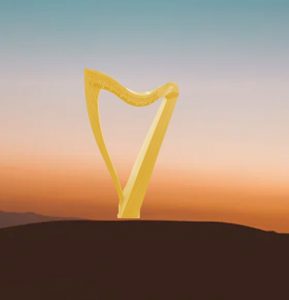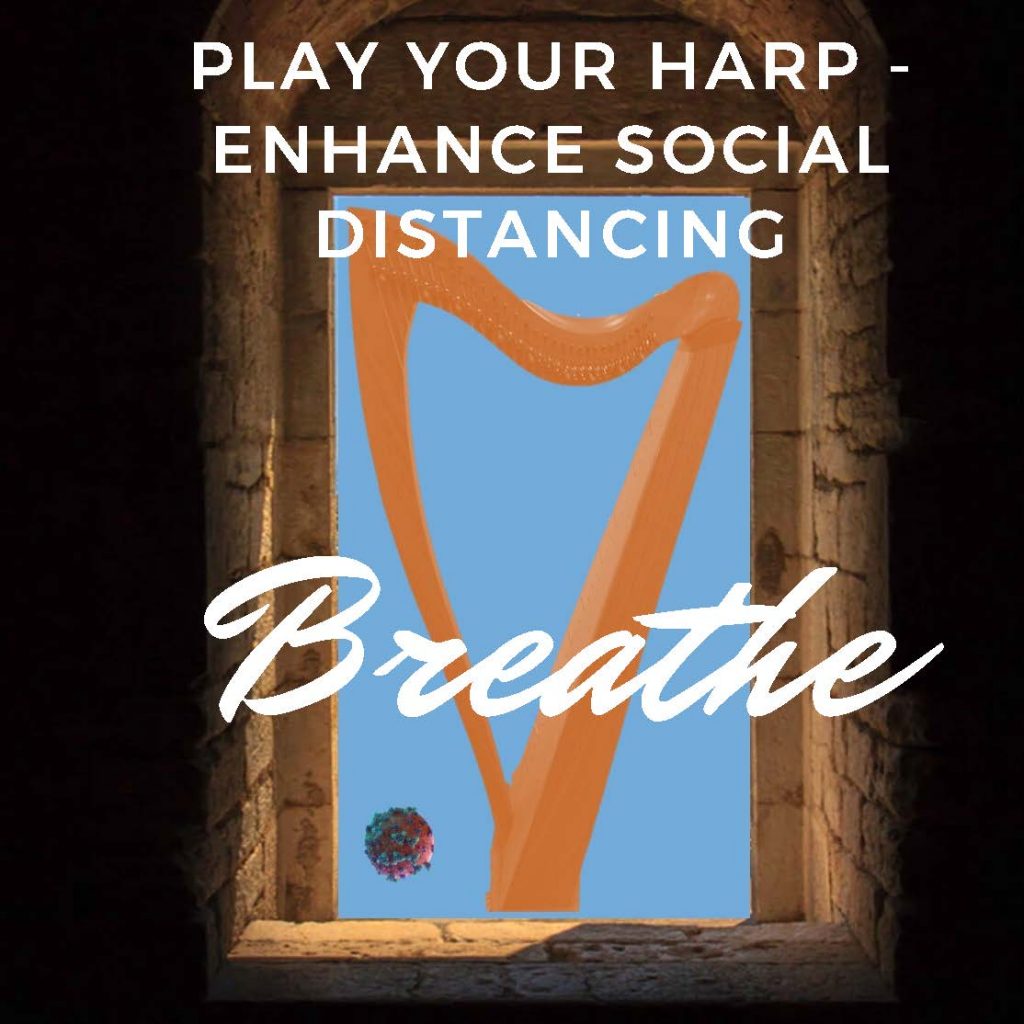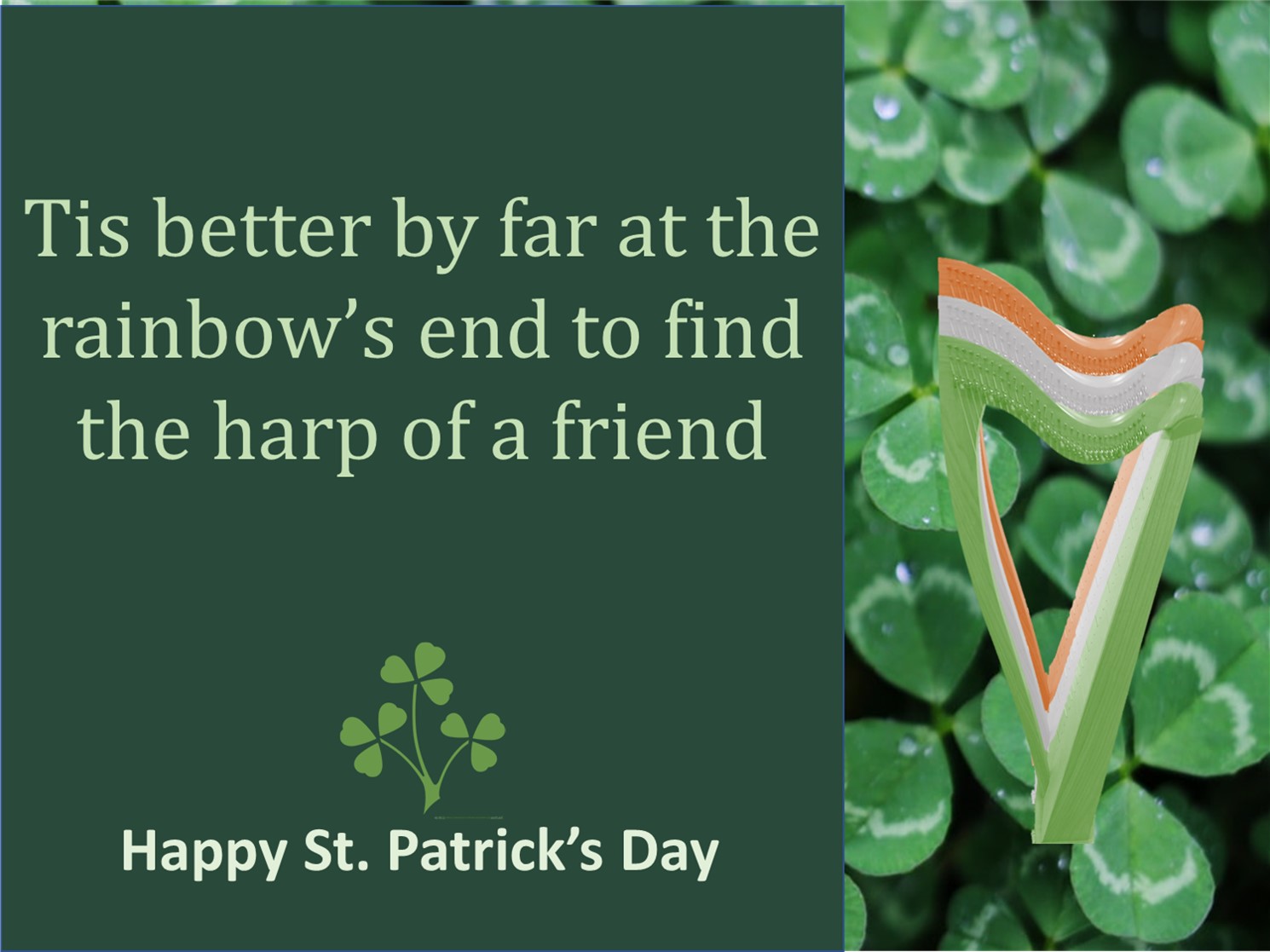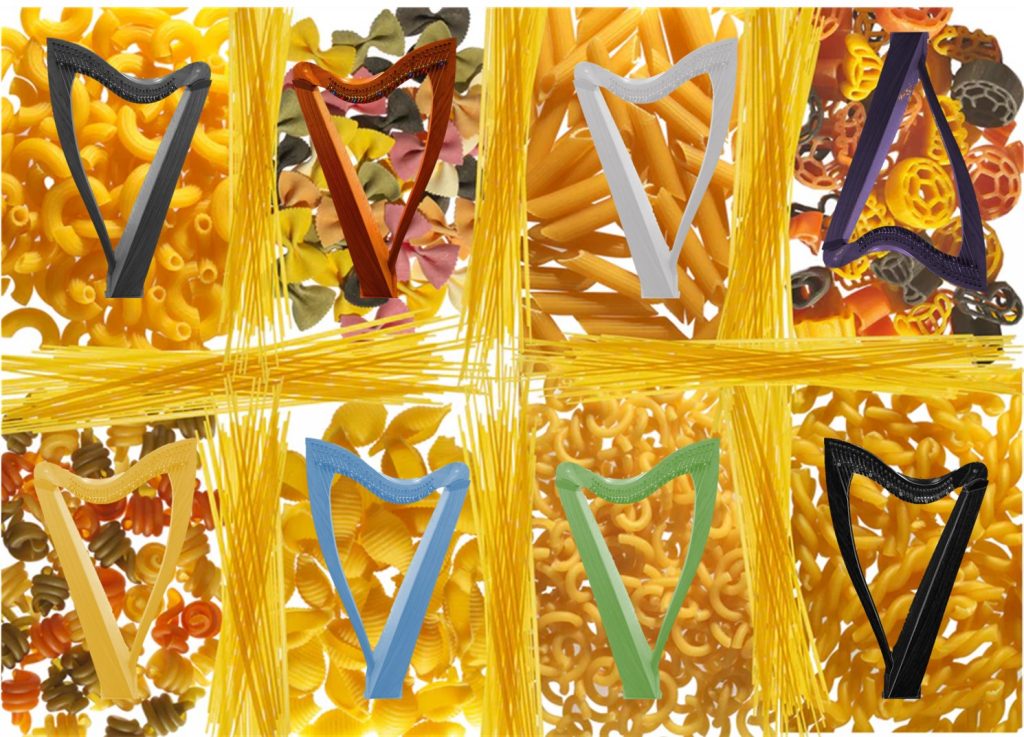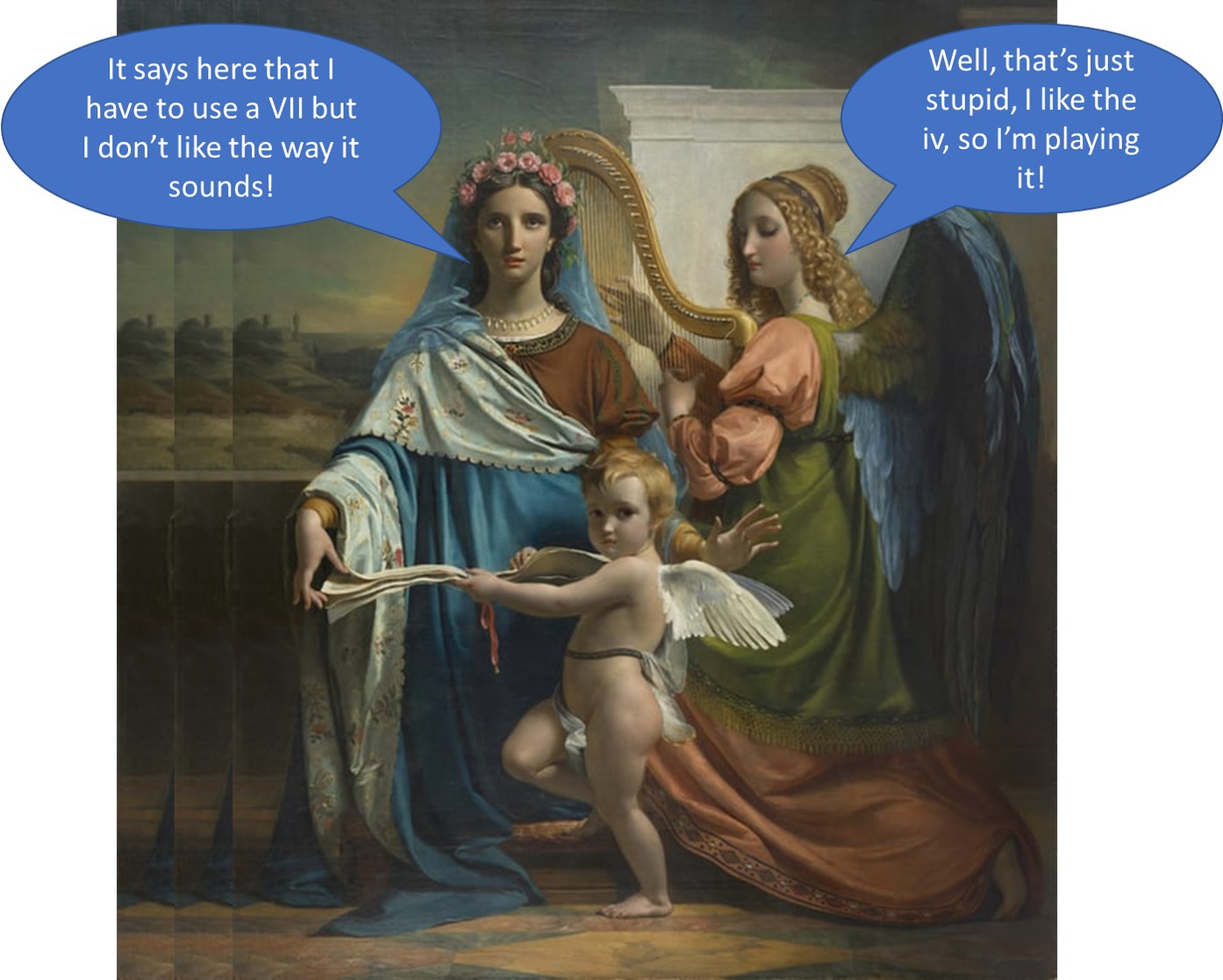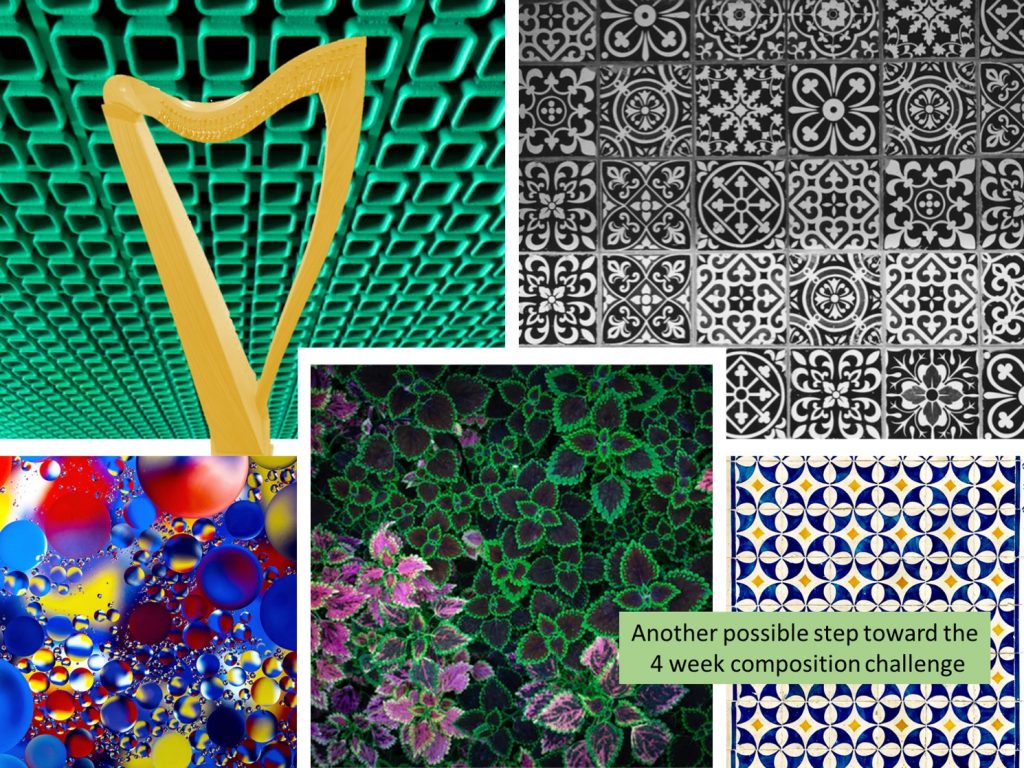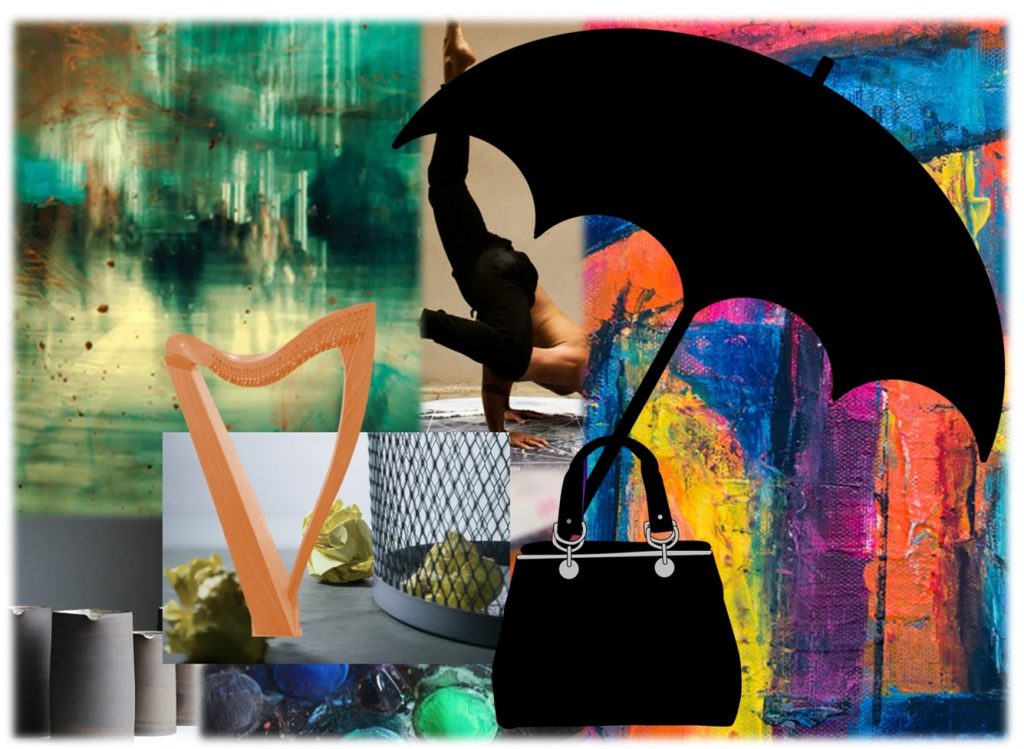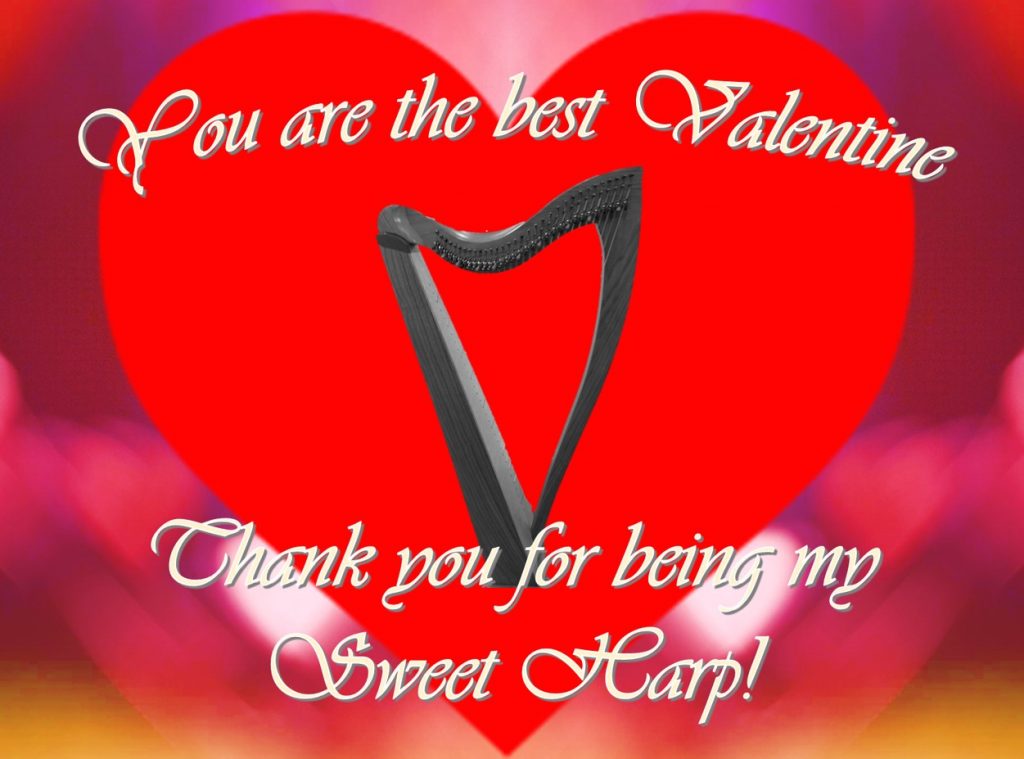It’s that time on the calendar when I usually take some space to mention some of my favorite summer programs and activities so you can save your pennies and dates and plan to go to as many interesting, educational, and cool adventures as you can swing.
This year – not so much.
We’re still watching from the windows, waiting for the shadow to pass. Hopefully it will leave us alone, but not before many of the summer activities will be cancelled or postponed.
 But we are the lucky ones – we have our beautiful instruments and our soul-touching music – our companions in times good and bad. We have a port in the storm that feels like it will never recede.
But we are the lucky ones – we have our beautiful instruments and our soul-touching music – our companions in times good and bad. We have a port in the storm that feels like it will never recede.
It will recede, as storms (and diseases) do. And after a while we will timidly leave our homes and venture out. Slowly, as we do, things will return to normal. Normal – and all that it entails – too much going on, too much to do, too much to accomplish.
Don’t be one of the people who, at the end of this confinement, looks back and wonders where the time went! If you are home and you are not sick – what a gift – you have time!
You can use this time chained to the constant blather of news that isn’t – or you can go to your harp! But what will you do there? Well, what would you like to do? While the answer to that depends on you, here are some ideas to get you started:
- Basics. Get our your favorite love to hate source – Grossi? Friou? Salzedo? Sylvia? Doesn’t matter (they are all useful). Pull it out and turn to page 1. YUP – Page 1! Then do the things we know we are supposed to do, but somehow there’s rarely time for. Go slowly. Read carefully. Be your own terrifying maestro – accept nothing short of excellence from yourself. Close! Watch your posture! Breathe! Do it right! Then do it again! Don’t speed through just to get to the next one. Savor each exercise. Ask yourself – what am I meant to learn here? What tunes that I currently play can I apply this to? There is no race – compare yourself to you yesterday and identify where you’d like to be tomorrow and find how will this help get you there. And through it all – enjoy it. Dig in and feel your growth.
- Read. Reading is a skill you develop and a tool you can use. Reading will help you broaden your perspective and possibly open you to new ideas. Don’t use the excuse that you play traditional music to put off bettering your reading. You don’t always have the luxury of hearing everything either. Reading will make all sorts of things accessible – collections, other genres, stuff you read just to practice reading. But you’ll only get more facile at reading by doing it (just like when you were in first grade!).
- Listen. You learn so much by listening. You’ll learn new music of course. But, like reading, you’ll get better at listening if you practice. What do you hear first? What do you struggle to hear when you listen (I’m talking about what you process, not how well your ears work). How do you transfer what you hear to the harp? Listen to everything you can lay your hands on – other harpers but also fiddlers, pipers, drummers, classical music, modern music, traditional music outside your usual sphere – everything. I’m listening to Depeche Mode as I write this and I’m keying in on the base line and wondering how I could adapt the idea to a tune I’m arranging just now. Yes it’s a stretch, but it only takes the kernel of an idea to get started, if you work it (usually over time).
- Learn. You’re never going to get this kind of opportunity again (I hope!) so pull out all those tunes you half learned, never really got up to speed, used to play all the time but have sort of forgotten – and set out to learn them. Really learn them. Don’t forget all the new stuff you haven’t even started on! Like all the other stuff, don’t accept half way. If you’re having trouble with something – go back to 1 (above) and find an exercise that will help you (or make the tricky bit into an exercise), find a source to look at (and write on!), find recordings (if possible), and work with your tunes until they can worm their way into your head.
- Enjoy. Have fun – never forget why you play!
Summer may be cancelled, but we still have our harps!
Next week – ways to get yourself sorted, organized and keep from spinning around not actually learning anything! How are you spending your harp time while staying at home? Let me know if the comments!
